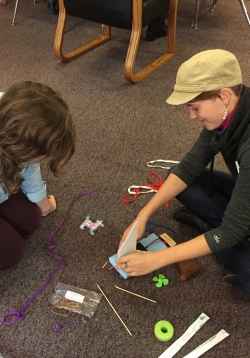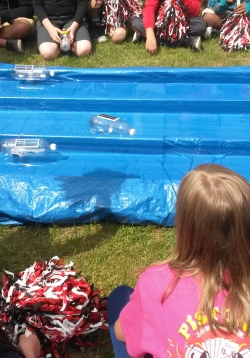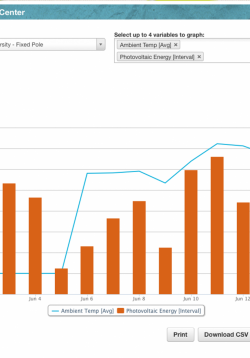Building Solar Boats
Students will follow step-by-step instructions to build their solar boats. They will troubleshoot as necessary by making sure electricity flows into the motor to make the vehicles move by propeller or gears. They will be using their planned investigations...





